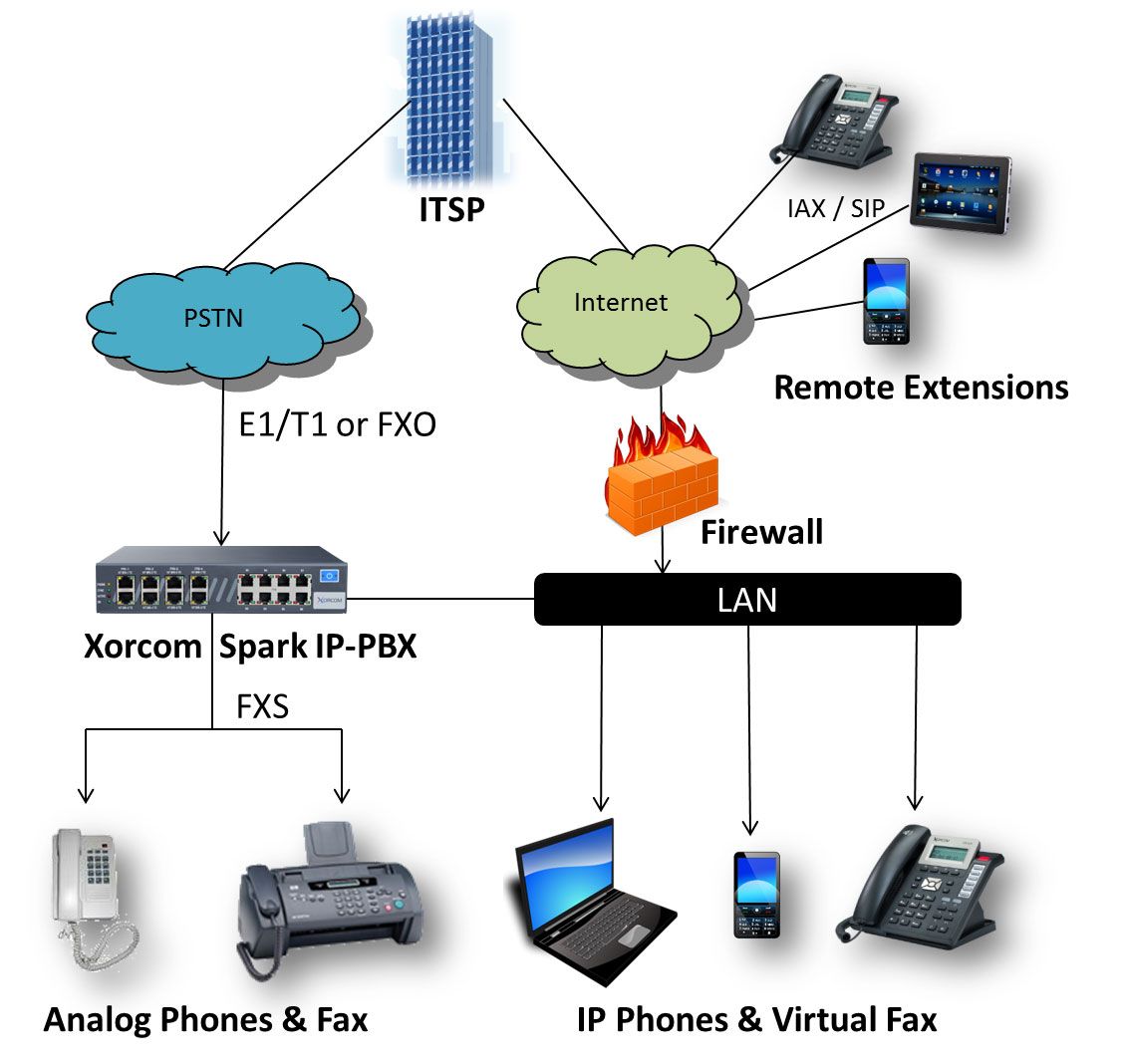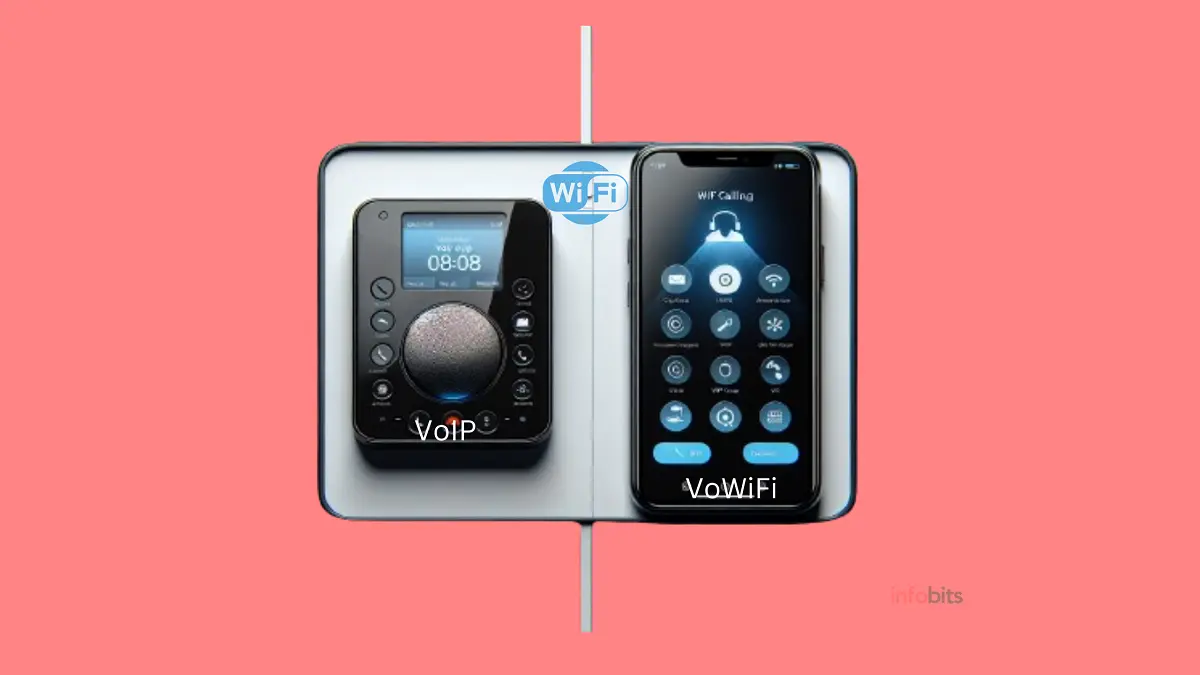Voip wifi is revolutionizing the way we communicate, offering a seamless blend of voice over internet protocol and wireless connectivity. As technology evolves, this innovative approach allows individuals and businesses to leverage the power of the internet for superior communication solutions. With an increasing reliance on WiFi networks, understanding the intricacies of VoIP technology becomes essential for maximizing its benefits.
In this exploration, we will delve into the fundamentals of VoIP over WiFi, comparing it to traditional phone systems, while highlighting its advantages and disadvantages. Additionally, we will provide practical guidance on setting up VoIP on WiFi networks, enhancing call quality, and examining future trends that may shape this dynamic field.
Understanding VoIP over WiFi: Voip Wifi
VoIP, or Voice over Internet Protocol, is a transformative technology that enables voice communications to be transmitted over the internet rather than through traditional telephone lines. This method relies heavily on WiFi connectivity, allowing users to make calls from various devices such as smartphones, tablets, and computers without the constraints of wired connections. VoIP technology converts voice signals into digital data packets that are sent over the internet.
This process involves encoding the voice into a digital format, transmitting it via a broadband connection, and decoding it on the receiving end. The reliance on WiFi for connectivity allows users to connect from virtually any location with internet access, emphasizing the flexibility and mobility that VoIP solutions provide.
Comparison of Traditional Phone Systems and VoIP Solutions
The differences between traditional phone systems and VoIP solutions are significant. Understanding these distinctions is crucial for businesses and individuals considering a switch to VoIP. Traditional phone systems utilize circuit-switched networks, which establish a dedicated circuit for each call. In contrast, VoIP solutions use packet-switched technology, sharing bandwidth among multiple users. Below are key points that highlight the differences:
- Cost: Traditional systems often involve higher installation and maintenance costs due to physical infrastructure. VoIP systems typically reduce costs associated with long-distance calls and maintenance, as they rely on existing internet connections.
- Flexibility: VoIP provides greater flexibility, allowing users to make and receive calls from multiple devices and locations. Traditional systems are often limited to hardware installed in a physical location.
- Features: VoIP solutions offer advanced features such as voicemail-to-email, video conferencing, and call forwarding at little to no additional cost. Traditional systems may require extra fees for similar functionalities.
- Quality of Service: VoIP relies on internet bandwidth for call quality. While it can provide high-quality audio, it is dependent on network stability. Traditional systems generally provide consistent quality due to their dedicated lines.
- Emergency Services: Traditional phone systems are better equipped to handle emergency calls, automatically providing location information to emergency services. VoIP may require additional settings to ensure proper emergency service connectivity.
Advantages and Disadvantages of Using VoIP over WiFi
Utilizing VoIP over WiFi comes with several advantages and disadvantages that should be considered. The advantages highlight the capabilities of VoIP technology, while the disadvantages caution users about potential limitations.The benefits of VoIP over WiFi include:
- Cost Savings: VoIP significantly reduces call costs, especially for long-distance communications, as it uses existing internet infrastructure.
- Advanced Features: Users gain access to a multitude of features that enhance communication, such as conference calling, call recording, and instant messaging.
- Portability: VoIP services can be accessed from anywhere with WiFi, allowing for seamless communication regardless of location.
- Scalability: It is easier to expand a VoIP system to accommodate growth, as adding users typically requires minimal additional hardware.
Conversely, the disadvantages include:
- Reliability Issues: VoIP over WiFi is susceptible to network disruptions, which can affect call quality and connectivity.
- Power Dependency: Unlike traditional phones that can operate during power outages, VoIP requires electricity and internet access to function.
- Latency and Jitter: VoIP calls may experience delays (latency) and variations in packet arrival times (jitter), potentially compromising the quality of conversations.
- Security Concerns: VoIP communications can be vulnerable to hacking and eavesdropping, necessitating robust security measures.
“VoIP technology is not just about making calls; it represents a significant evolution in how we communicate.”
Setting Up VoIP on WiFi Networks

Configuring VoIP services on a WiFi network is essential for ensuring seamless communication in homes and offices. Proper setup allows users to make and receive calls over the internet while utilizing existing WiFi infrastructure. Understanding the steps involved in configuring these services can significantly enhance the user experience and operational efficiency.To successfully set up VoIP on a WiFi network, it is crucial to follow systematic steps.
This ensures that the service operates effectively without disruptions. The following sections detail the necessary equipment, configuration steps, and common troubleshooting techniques to assist in establishing a robust VoIP system.
Steps to Configure VoIP Service on a WiFi Network
A step-by-step approach is vital for configuring VoIP services effectively. Below are the essential steps to be undertaken:
1. Select a VoIP Provider
Choose a reliable VoIP service provider that meets your communication needs and budget.
2. Gather Necessary Equipment
Ensure that you have the right hardware, such as VoIP phones, routers, and adapters, as discussed in the checklist below.
3. Connect Equipment
When considering effective communication tools, one cannot overlook the benefits of voip zoiper. This software not only facilitates high-quality voice calls but also offers flexibility and ease of use for both personal and professional settings. With its user-friendly interface, it empowers users to communicate seamlessly, making it an excellent choice for any modern workplace.
Set up your VoIP phone (if using a dedicated device) by connecting it to a power source and your WiFi network. If using a computer, ensure it is connected to the network.
4. Access Router Settings
Log in to your router’s admin panel. This usually involves entering an IP address in a web browser, often something like 192.168.1.1 or 192.168.0.
1. 5. Configure Quality of Service (QoS)
Adjust QoS settings to prioritize VoIP traffic. This ensures voice calls receive the bandwidth they require, minimizing latency and interruptions.
6. Set Up SIP Configuration
Enter the Session Initiation Protocol (SIP) settings provided by your VoIP service provider. This typically includes your username, password, and server address.
7. Test the Connection
Once everything is configured, make test calls to ensure that both incoming and outgoing calls function correctly.
The implementation of a telefon pbx system can greatly enhance communication efficiency within your organization. By streamlining calls and providing advanced features, it allows for better management of incoming and outgoing communications, ensuring that your team stays connected in a professional manner. This modern solution is essential for businesses aiming to improve their operational productivity.
Essential Equipment for a VoIP Setup
Having the right equipment is critical in establishing a functional VoIP service. Below is a checklist of essential items needed for both home and office VoIP setups:
- VoIP Phones or Softphones: Devices or applications that allow voice communication over the internet.
- Router: A reliable router capable of handling VoIP traffic effectively.
- High-Speed Internet Connection: A broadband connection with sufficient bandwidth to support VoIP calls.
- Power over Ethernet (PoE) Switch: If using multiple VoIP phones, a PoE switch can simplify wiring and reduce clutter.
- Network Cables: Ethernet cables to connect devices directly to the router or switch.
- Adapters: Analog Telephone Adapters (ATA) if connecting traditional phones to a VoIP service.
Troubleshooting Common VoIP Setup Issues
Even with proper installation, users may encounter issues during the setup of VoIP services. The following troubleshooting guide Artikels common problems and their respective solutions:
Poor Call Quality
Ensure that your internet speed is adequate. A minimum of 1 Mbps upload and download speed is recommended per simultaneous call.
Check for bandwidth-heavy applications running in the background and limit their usage during calls.
Inability to Make or Receive Calls
Verify that all devices are connected to the WiFi network and that they are registered with the VoIP provider.
Review the SIP settings for accuracy, ensuring that username and password match the provider’s specifications.
Dropped Calls
Investigate network congestion and consider using QoS settings on the router to prioritize VoIP traffic.
Check for interference in the WiFi signal and relocate the router if necessary to enhance coverage.
“A well-configured VoIP setup can significantly improve communication efficiency and productivity in both personal and professional contexts.”
Enhancing VoIP Call Quality

The quality of VoIP calls over WiFi can significantly impact communication effectiveness. Ensuring clear, uninterrupted voice transmission is crucial for both personal and professional interactions. Various techniques can be employed to enhance call quality, ranging from optimizing network settings to adhering to specific bandwidth requirements.For optimal VoIP performance, understanding and managing bandwidth is essential. Below are the recommended bandwidth requirements for achieving superior call quality:
Recommended Bandwidth Requirements
A reliable network connection is fundamental for maintaining high-quality VoIP calls. The following bandwidth requirements are suggested to ensure a smooth experience:
- Minimum of 100 kbps upload and download speed for one VoIP call.
- Recommended 1 Mbps upload and download speed for better clarity, especially in high-traffic times.
- For multiple simultaneous calls, allocate an additional 100 kbps per call to maintain quality.
The aforementioned bandwidth ensures that voice packets are transmitted without delay, reducing the likelihood of choppy audio or dropped calls.Quality of Service (QoS) settings play a crucial role in enhancing VoIP call quality by prioritizing voice traffic over other types of data. Implementing QoS settings allows network administrators to allocate bandwidth based on the type of traffic, minimizing latency and jitter.
The importance of QoS can be highlighted through the following points:
Quality of Service (QoS) Settings
QoS settings are vital for managing network traffic, particularly in environments where bandwidth is shared among various applications. The impact of QoS on VoIP calls includes:
- Prioritization of VoIP packets: Ensures that voice data is transmitted first, thereby reducing delays.
- Minimization of jitter: By managing the flow of packets, QoS helps maintain a consistent voice quality.
- Control over bandwidth usage: Helps in allocating bandwidth according to the needs of different applications, ensuring that VoIP calls receive the necessary resources.
Through effective management of the network and appropriate QoS configurations, users can significantly enhance the quality of VoIP calls over WiFi. Adhering to the recommended bandwidth guidelines and implementing QoS ensures a seamless communication experience, vital for both personal connections and business operations.
Future Trends in VoIP and WiFi Integration

The integration of VoIP technology with WiFi networks continues to evolve, driven by advancements in technology and changing user demands. As the digital landscape transforms, new trends are emerging that will significantly impact how VoIP is utilized over WiFi in various sectors. Understanding these trends is crucial for businesses and individuals aiming to leverage effective communication tools for enhanced connectivity.One of the pivotal aspects influencing the future of VoIP over WiFi is the integration of emerging technologies.
These advancements are set to reshape how voice communication is conducted and enhance service delivery. The following technologies are expected to play a crucial role:
Emerging Technologies Impacting VoIP, Voip wifi
The convergence of several technologies will greatly enhance VoIP functionality over WiFi networks. Key emerging technologies include:
- 5G Technology: The rollout of 5G networks promises higher speeds and lower latency, which will significantly improve the quality of VoIP calls and enhance user experience.
- Artificial Intelligence: AI is being increasingly integrated into VoIP systems for features such as predictive analytics, automated customer support, and enhanced security measures.
- Internet of Things (IoT): IoT devices are expected to utilize VoIP services, allowing seamless communication between devices and enhancing the functionality of smart environments.
- Blockchain Technology: This technology may offer improved security for VoIP communications and help in fraud prevention, ensuring data integrity and privacy.
Significant Developments Timeline in VoIP Technology
To understand the trajectory of VoIP technology, it is essential to recognize key milestones in its evolution. The following timeline highlights significant developments:
| Year | Development |
|---|---|
| 1995 | Introduction of the first VoIP services. |
| 2004 | Emergence of SIP (Session Initiation Protocol) for managing multimedia communication sessions. |
| 2010 | Adoption of VoIP services by major telecom providers, enhancing scalability and reliability. |
| 2015 | Growth of cloud-based VoIP solutions, allowing businesses to access communications without heavy infrastructure investments. |
| 2020 | Intensified integration with AI and machine learning for improved user experience and efficiency. |
| 2023 | Advances in 5G technology leading to enhanced VoIP call quality and connectivity options. |
Current Trends in VoIP Utilization Across Industries
VoIP technology is being adopted across various industries, each utilizing the technology to meet specific needs. The following trends reflect the current state of VoIP utilization in different sectors:
- Healthcare: Telemedicine has seen an explosion in VoIP usage, enabling healthcare professionals to conduct remote consultations securely and efficiently.
- Education: Institutions are leveraging VoIP for remote learning, allowing seamless communication between teachers and students regardless of location.
- Corporate Sector: Businesses are increasingly adopting VoIP for cost-effective communication, enhanced conferencing capabilities, and improved collaboration among remote teams.
- Customer Service: Organizations are utilizing VoIP systems to enhance customer interaction through call centers and omnichannel communication platforms.
“The integration of new technologies with VoIP signifies a pivotal shift in communication practices across sectors, enhancing both efficiency and user satisfaction.”